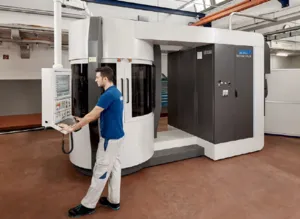2021-02-05
Four Key Characteristics of High-Quality Production Equipment for Today`s High-Tech Connectors
The connector market is continually evolving. Requests across multiple high-reliability market segments, including the medical, aerospace, and e-mobility industries, are now demanding smaller high-current connectors. These connectors require higher precision machining, as well as compliance with new environmental regulations that require the abolition of lead from connector component materials, which can make machining more difficult and hinder mass production.
High-tech connectors are often made with components produced in chip removal machines. These machines are much more precise than machines that employ blanking, stamping, or bending methods, which makes them a much better way to produce connector contacts with high specific amperages. Chip removal machines, also called machine tools, include lathes and milling, reaming, and grinding machines. These have been in use for more than 100 years and they deliver high accuracy via both part positioning accuracy and the machining process, which removes the material in many little chips (0.0004”). Chip removal machines are also used to produce high-reliability connector components, but this type of processing is often slower and, therefore, more expensive. For example, a typical production of stamped electrical connectors reaches a rate of about 200–400 pieces per minute, while on a lathe the productivity is just one or two pieces per minute.
Click here to read our "Four Key Characteristics of High-Quality Production Equipment for Today’s High-Tech Connectors" article in Connector Supplier’s December 2020 Interconnect Innovations eBook.
